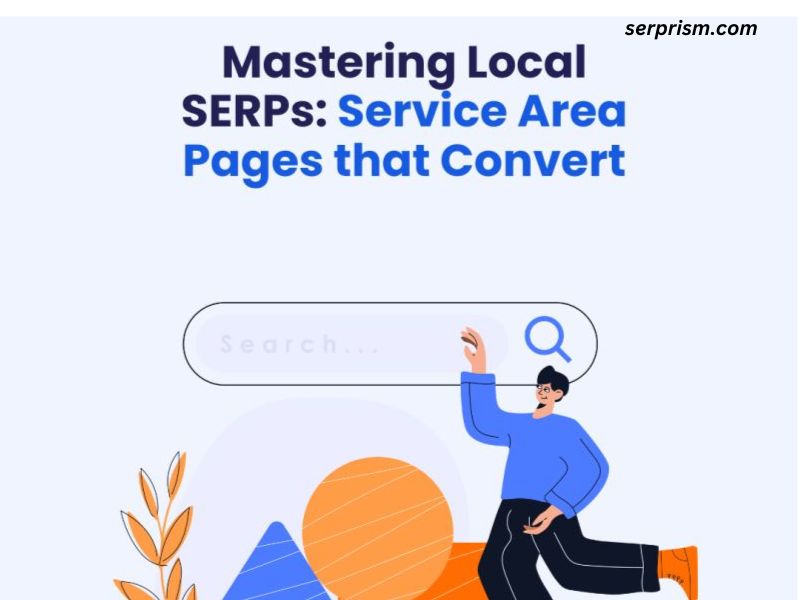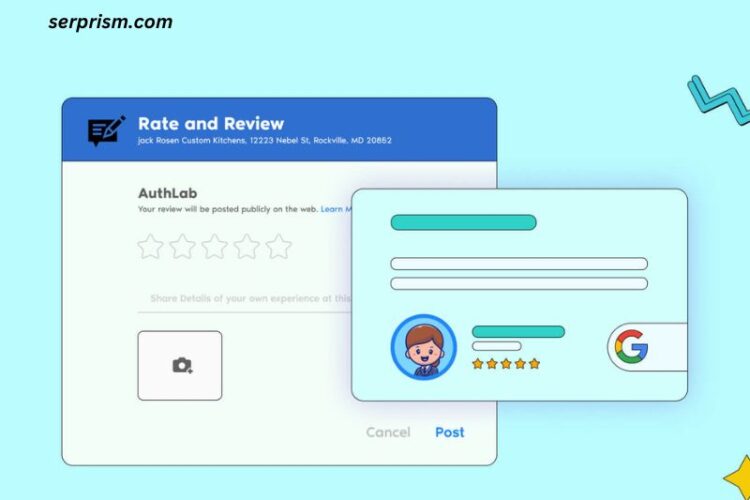
In today’s competitive digital landscape, optimizing for Local Search Engine Results Pages (SERPs) has become an essential strategy for businesses aiming to dominate local search. One highly effective technique that can boost local SEO is the creation of Localized SERPs Service Area Pages. These pages, strategically designed to cater to specific geographic locations, help businesses improve visibility, increase organic traffic, and generate higher conversion rates. In this article, we will dive deep into what localized service area pages are, why they matter, and how businesses can leverage them for SEO success.
What Are Localized SERPs Service Area Pages?
Localized SERPs Service Area Pages refer to web pages that target specific geographic regions, cities, or neighborhoods where a business provides its services. These pages are designed to optimize search engine results for queries that are geographically focused, ensuring that businesses appear in local search results when potential customers search for services or products within their vicinity.
The primary goal of a service area page is to target localized keywords and create content that aligns with search intent related to specific locations. By including details such as addresses, local landmarks, zip codes, and region-specific keywords, businesses increase their chances of appearing in local searches, enhancing visibility within their service areas.
Why Do Localized SERPs Service Area Pages Matter?
- Boost Local SEO Rankings
Localized service area pages play a pivotal role in improving a website’s local SEO rankings. Google and other search engines are increasingly prioritizing local search results, and service area pages help businesses tap into this growing trend. When crafted correctly, these pages can be indexed as part of the broader Local Pack, appearing in results for geographically relevant searches. - Increase Local Relevance
Search engines prioritize relevance, and having dedicated service area pages demonstrates a business’s commitment to specific regions. This means that when a user searches for services near them, a well-optimized localized service page is more likely to appear, driving relevant traffic to the site. - Enhance User Experience
By offering clear, localized information such as nearby service areas, city-specific testimonials, and region-tailored offers, businesses make it easier for users to find what they need. A better user experience translates into lower bounce rates and higher engagement, which are essential signals for search engines. - Improve Conversion Rates
When visitors find localized, relevant information that matches their needs, the likelihood of conversion increases. Localized service area pages can guide potential customers to take action, whether that’s making a purchase, signing up for a newsletter, or reaching out for more information. These pages offer customers tailored, region-specific content, which builds trust and encourages conversions.
Key Elements of an Effective Localized SERP Service Area Page
To truly capitalize on the power of Localized SERPs Service Area Pages, it’s essential to include certain key elements that make the page more optimized for both search engines and users. Let’s break down the must-have components.
1. Localized Keywords
Incorporating localized keywords into your service area pages is crucial. These keywords should reflect the specific geographic locations you are targeting. For example, if you offer plumbing services in Chicago, include terms like “Plumbing services in Chicago,” “Chicago plumbing repair,” and “Best plumbers in Chicago.” These keywords should be naturally integrated into titles, meta descriptions, headers, and body content to ensure that search engines can identify the geographic focus of the page.
2. Clear Service Areas and Locations
The most important aspect of a service area page is providing clear information about the areas you serve. Be sure to list all the locations, cities, or neighborhoods you serve, and include relevant local landmarks. You should aim to use a combination of structured data and plain text to make the information easily accessible to search engines.
3. Customer Testimonials and Reviews
Including customer testimonials from specific areas on your service area pages helps improve trustworthiness. A user from a particular location is more likely to connect with a testimonial from a fellow resident or business in the same area. Positive reviews from local customers also provide fresh content for search engines, contributing to SEO optimization.
4. Local Business Schema Markup
Implementing local business schema markup is another critical SEO tactic for Localized SERPs Service Area Pages. This code helps search engines understand your business’s geographic location, making it easier for them to index your pages in local search results. Including structured data for your business address, hours of operation, and service areas provides a more comprehensive understanding of your business.
5. Optimized Content for Search Intent
Content should be written with search intent in mind. The goal is to anticipate the needs of your local customers. For instance, if your business provides heating and cooling services, your service area page should provide solutions for issues that people in your area might face, such as emergency repairs during extreme temperatures. Address these pain points and demonstrate how your services can help.
6. Interactive Maps and Visual Elements
Including interactive maps on service area pages is an excellent way to engage users and further localize the content. By integrating a map of your service areas, customers can easily understand the range of locations you cover. Visual elements, such as photos of completed projects, team members, or local events, can make your page more visually appealing, enhancing both user engagement and SEO rankings.
7. Call to Action (CTA)
Every service area page should include a clear and compelling call to action (CTA). Whether it’s scheduling a consultation, requesting a quote, or contacting your team, make sure your CTA is visible and stands out. Offering promotions for specific areas can also drive conversions and encourage users to act now.
SEO Best Practices for Localized SERPs Service Area Pages
To ensure that your service area pages rank well in Local SERPs, here are a few essential SEO best practices to follow:
- Optimize Title Tags and Meta Descriptions
Title tags and meta descriptions are critical for SEO. Each service area page should have a unique and keyword-optimized title tag and meta description. This helps search engines understand the focus of the page and increases the likelihood of click-throughs. - Create High-Quality Content
Content quality is paramount for SEO success. Your service area pages should provide in-depth, relevant information about your services and the specific locations you serve. This content should be unique, informative, and useful to users. - Mobile Optimization
Since most local searches are conducted on mobile devices, ensure that your service area pages are mobile-friendly. Google prioritizes mobile-optimized sites, so having a responsive design is crucial for both user experience and SEO. - Local Backlinks
Building local backlinks can help increase the authority of your service area pages. Partner with local businesses, directories, and websites to gain quality backlinks from authoritative local sources. This boosts your page’s credibility and relevance in the eyes of search engines. - Monitor Local Search Metrics
After optimizing your service area pages, it’s essential to monitor local search metrics regularly. Use tools like Google Analytics and Google Search Console to track your rankings, traffic, and conversions from your localized pages. This data helps you adjust and refine your strategy over time.
Benefits of Localized SERPs Service Area Pages for Businesses
- Higher Local Search Visibility
Localized pages significantly increase your chances of ranking in Google’s Local Pack, a feature that shows businesses in a specific area based on a user’s query. By having separate pages targeting each service area, you improve your chances of appearing in this highly coveted section. - Increased Organic Traffic
Localized service area pages cater to specific queries that have higher intent. As a result, businesses can expect higher-quality traffic and a better return on investment (ROI) from their SEO efforts. - Greater Trust with Local Customers
Having dedicated pages that highlight your expertise in specific areas builds trust with local customers. They will feel more confident knowing that you are a localized expert who understands the unique needs of their community. - Competitive Edge Over Non-Localized Competitors
Many businesses fail to optimize for specific localities. By creating localized service area pages, you gain a competitive edge over businesses that only target broader, national audiences. This is especially crucial for small and medium-sized businesses looking to establish themselves within their local community.
Conclusion
Incorporating Localized SERPs Service Area Pages into your local SEO strategy is a powerful way to increase your visibility, drive relevant traffic, and improve conversions. These pages not only help search engines understand your geographic focus but also provide an enhanced user experience by offering localized content and solutions. By optimizing these pages with high-quality content, localized keywords, and proper technical SEO practices, businesses can significantly improve their local search rankings and outperform competitors. Embrace this strategy today to establish a stronger presence in your local market and attract more customers.




